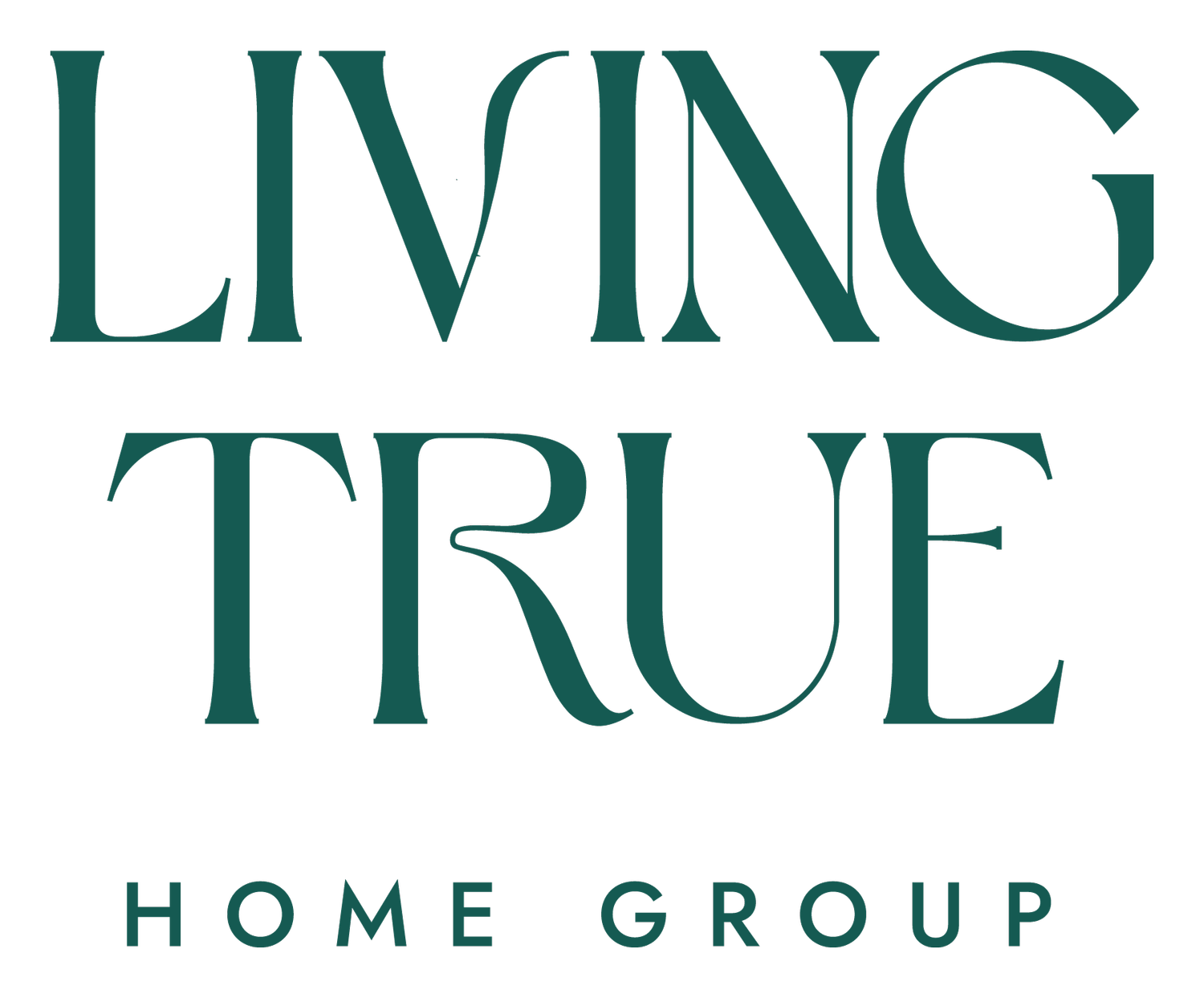Low Inventory, High interest rates: Navigating the real estate market.
In the world of real estate, two big players often take the spotlight: inventory levels and interest rates. These factors have a huge say in how buying and selling properties play out, affecting everyone involved in the game, from homeowners to investors to industry experts. Let's take a closer look at how low inventory and high interest rates team up to shape the real estate scene.
The Issues of Low Inventory: A Seller's Market?
Low inventory is like the recurring theme song of recent years in many housing markets worldwide. Simply put, there just aren't enough homes out there to meet the demand from potential buyers. This shortage sparks fierce competition among buyers, driving prices up and often leading to bidding wars.
Why the shortage? Well, several things play into it. One biggie is that many homeowners are hesitant to put their properties up for sale. They're cautious because finding a new place to live in such a competitive market is tough. Plus, the idea of buying a new home with much higher interest rates than what they're currently paying on their mortgage makes them uneasy. Add to that the lingering effects of the COVID-19 pandemic, which have messed with construction schedules and made it harder to get building materials, and you've got a perfect storm of housing shortage.
While low inventory might seem like great news for sellers, it's not all sunshine and roses for buyers, especially first-timers and those on tight budgets. As prices shoot up, affordability becomes a real headache, potentially locking a big chunk of people out of the homeownership dream.
Interest Rates: To buy or not to buy? That is the question.
Alongside low inventory, interest rates also play a starring role in shaping the real estate scene. Super low interest rates in recent years have fueled a buying frenzy. When rates are low, borrowing costs drop, making homeownership more doable for many folks.
But now, things have shifted. Interest rates are still on the rise from their historic lows. This uptick can seriously shake things up for both buyers and sellers. Higher rates mean higher mortgage payments, which might scare off some buyers or force them to rethink their budget. Plus, rising rates can also put a damper on demand, possibly slowing down home sales.
For sellers, higher interest rates could mean fewer qualified buyers, dragging out the time it takes to sell a property. And those looking to refinance might find themselves with fewer options as the chance for good rates shrinks.
Navigating the Waters: How to find success when the tides are ever turning
In the face of low inventory and climbing interest rates, being adaptable and planning smart are crucial for everyone in the real estate game.
For Sellers: Even in a seller's market, it's important to price homes realistically and make sure they look their best. Offering perks or flexible terms can help attract buyers in a cutthroat market.
For Buyers: Flexibility is key when the market's short on homes and interest rates are high. Being open to different neighborhoods or considering homes that need a little work can open up more options. And getting pre-approved for a mortgage can give you a leg up when making offers.
For Industry Pros: Real estate agents and brokers are like the guides through this wild real estate jungle. Staying on top of market trends, giving tailored advice, and using tech to smooth out processes can keep clients happy and business booming.
When its All Said and Done
Low inventory and high interest rates bring their own set of challenges and chances to the real estate table. While they might seem intimidating, they also show just how tough and adaptable everyone in the industry can be. By staying informed, trying out new strategies, and staying flexible, buyers, sellers, and industry experts can tackle the terrain with confidence, ensuring the real estate world keeps growing and thriving.


